A saucepan is an essential piece of cookware featuring a deep, circular design with high, straight sides and a single long handle, meticulously crafted for precise stovetop cooking tasks such as simmering sauces, boiling liquids, and preparing grains with even heat distribution.
It’s a versatile pot designed for small to medium-batch cooking, particularly suited for liquid-based recipes thanks to its efficient heat distribution and easy-pour spout. Its tall sides help prevent splashes, while the single long handle makes it easy to lift, stir, and serve.
Typically ranging from 1 to 4 quarts in capacity, it’s smaller than a stockpot but ideal for tasks such as making sauces, cooking grains, preparing soups, or reheating leftovers.
Compact yet highly versatile, the saucepan remains a foundational and indispensable tool in any kitchen, ideal for both everyday meal preparation and more intricate culinary tasks.
What is a Stock Pot?

A stock pot is a versatile cookware vessel featuring a broad base, high vertical walls, and two easy-grip handles, carefully designed for boiling, stewing, and simmering large portions.
Its tall sides reduce evaporation and lock in flavors, making it excellent for soups, stocks, pasta, and one-pot meals.
Usually ranging from 6 to 20 quarts, it far exceeds the size of a saucepan, giving home cooks the capacity to prepare large meals with ease.
Durable and multifunctional, the stock pot remains a kitchen staple, essential for big-batch cooking, entertaining, and hearty family recipes.
High-quality stainless steel stock pot is exceptionally durable, resistant to rust and corrosion, and can withstand years of regular use without warping. Stainless steel ensures even heat distribution, is easy to clean, dishwasher safe, and doesn’t react with acidic or oily foods, making it a safe, long-lasting choice for everyday cooking.
Saucepans vs. Pots, What is the Difference?

When comparing a saucepan vs pot, the key difference lies in their size, structure, and how they are best used in everyday cooking tasks.
A saucepan is compact with high walls and a single long handle, perfect for smaller, controlled portions, while a pot is larger with two sturdy handles designed for family-sized recipes.
Saucepans usually hold 1 to 4 quarts and are used for sauces, grains, and reheating, whereas pots hold 6 to 20 quarts and work better for boiling pasta, soups, and stocks.
Together, they complement each other, but the saucepan brings precision and convenience, while the pot ensures efficiency for large-batch cooking.
How Should we Choose?
The main difference in a saucepan vs pot comparison is size. Saucepans usually hold 1–4 quarts, making them ideal for small portions, while pots range from 6–20 quarts for larger meals.
A saucepan is great for precision tasks like reducing sauces, heating milk, or cooking grains. A pot excels at volume cooking—soups, pasta, and stews where you need more liquid and ingredients.
For everyday, small-batch cooking, choose a saucepan. For big-batch or family meals, choose a pot. Many kitchens benefit from having both, ensuring you’re ready for any recipe.
Ready to Shop?
Now that you know the difference between a saucepan vs pot, it’s time to find the cookware that matches your style. Our cookware collection features durable, high-quality pieces built for every recipe. Don’t wait— and elevate your cooking today.

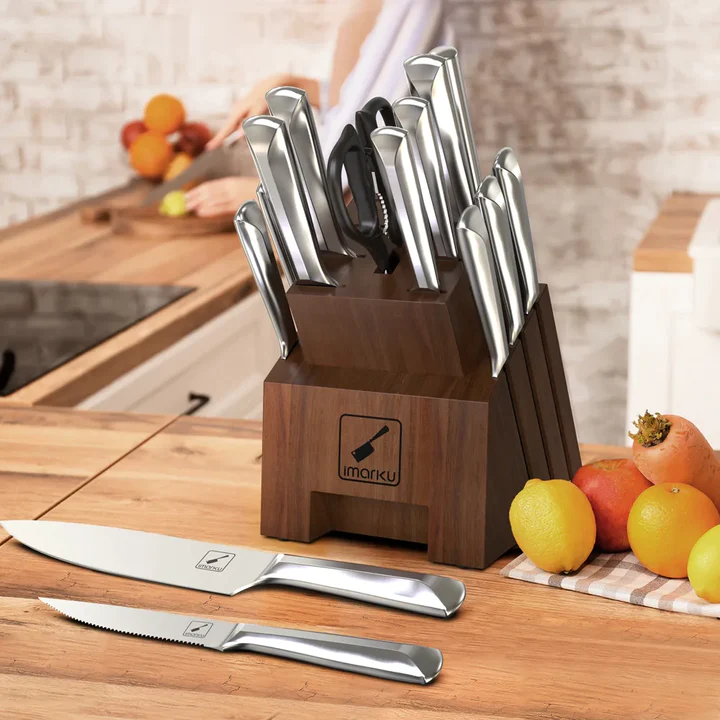
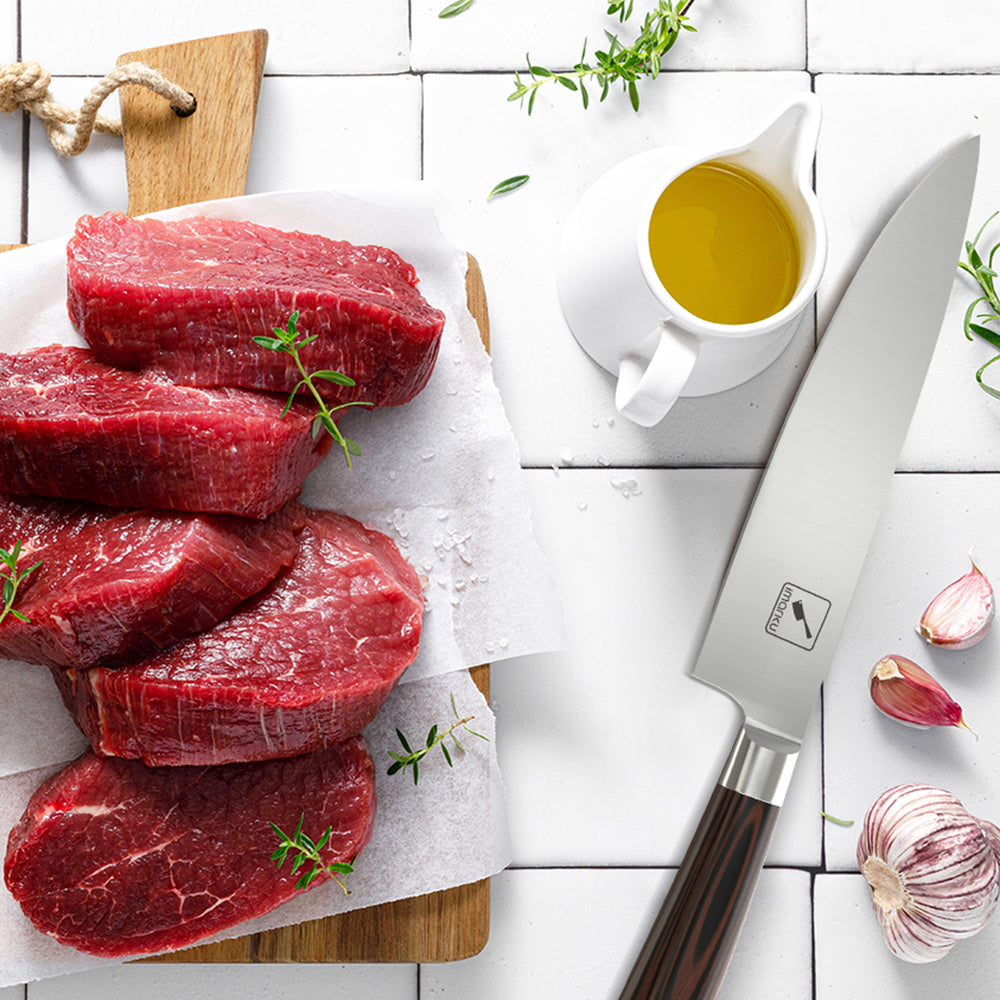

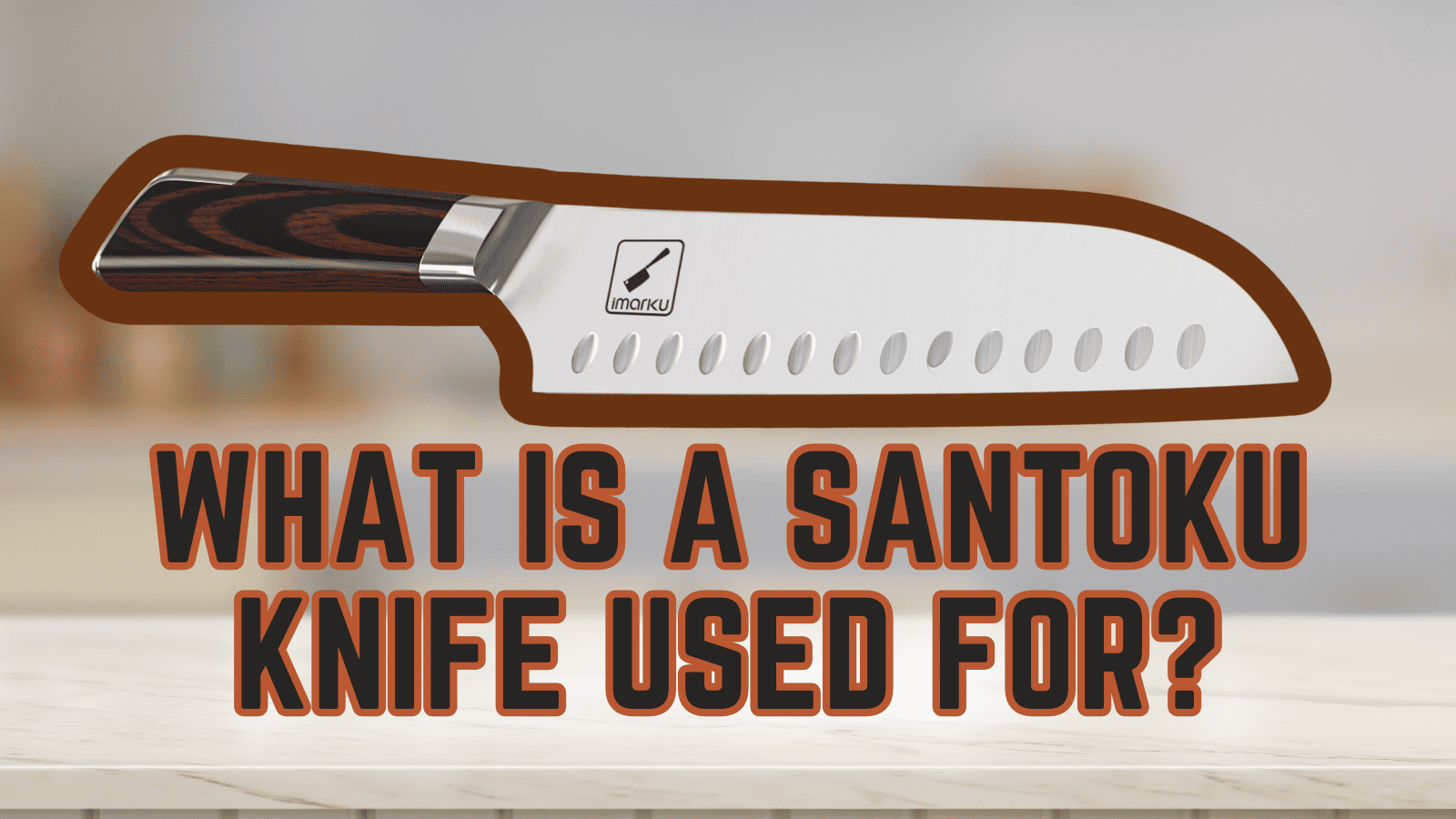
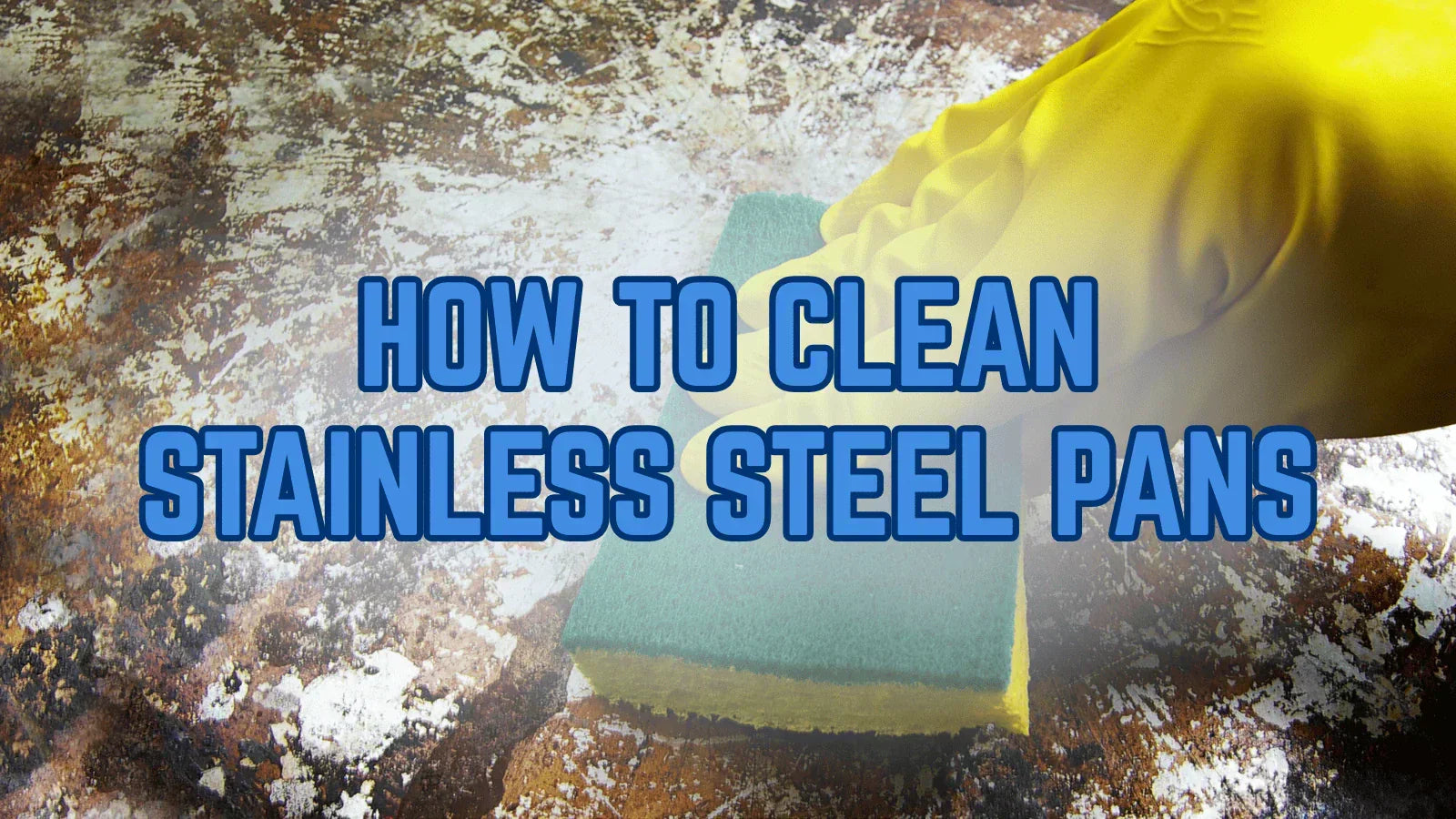

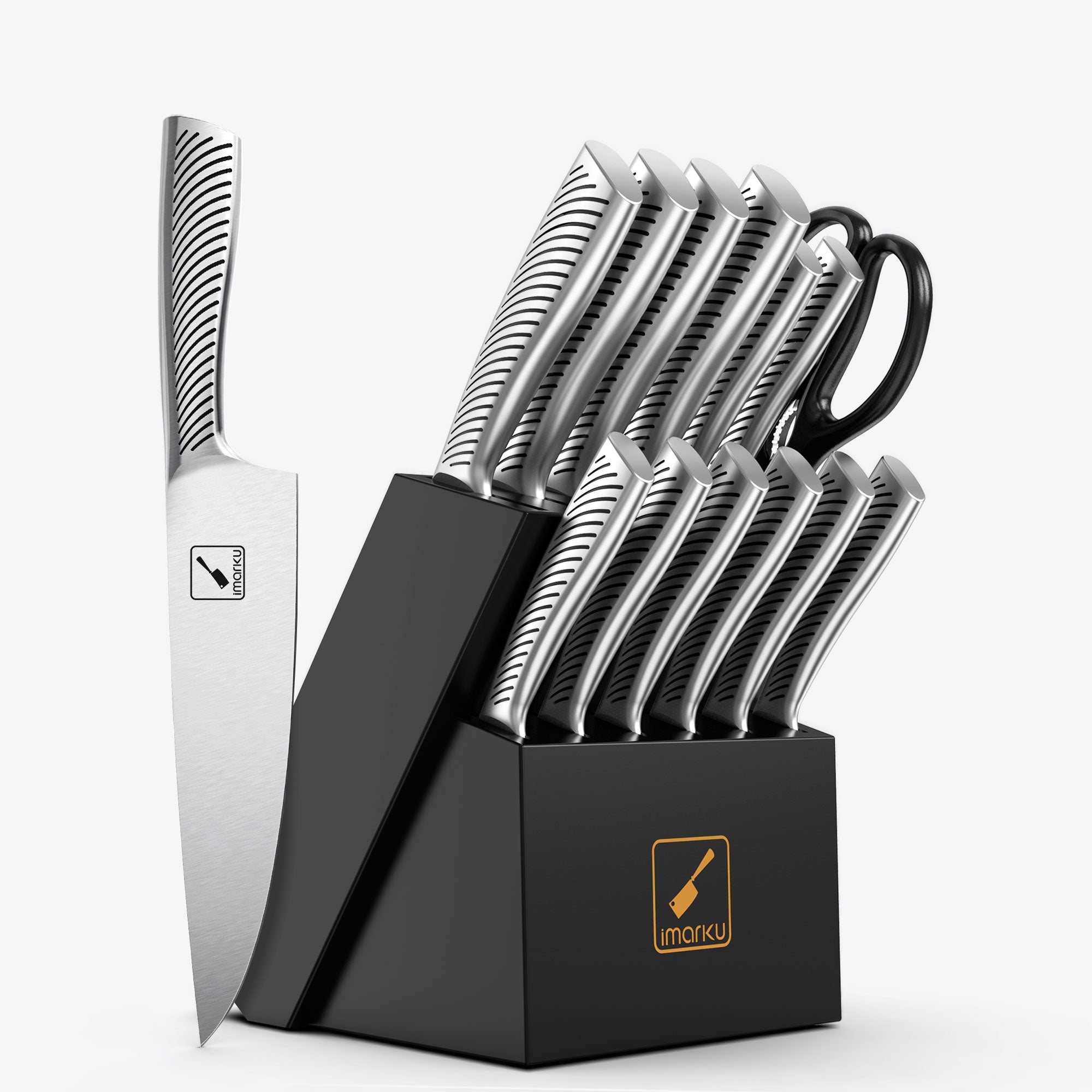
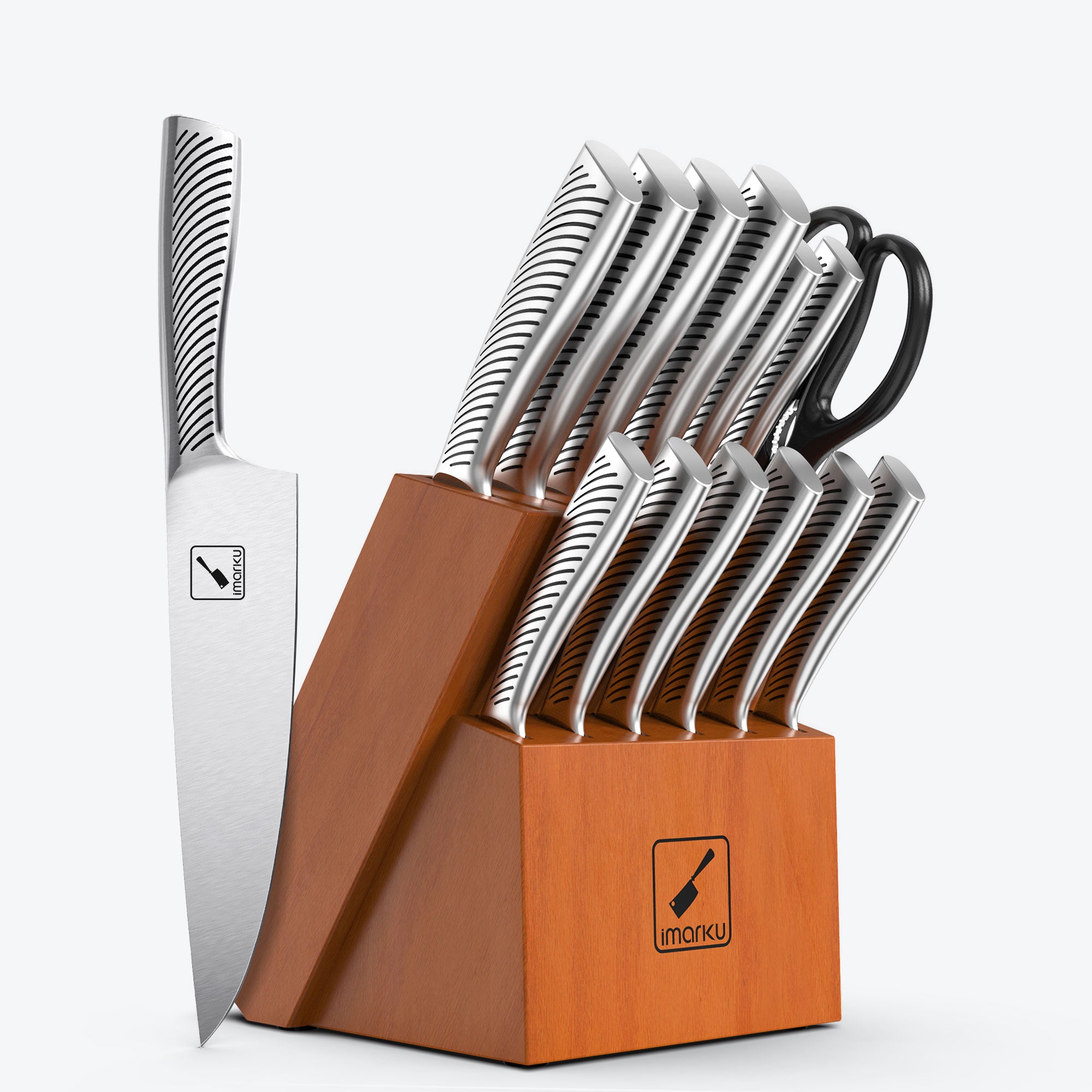
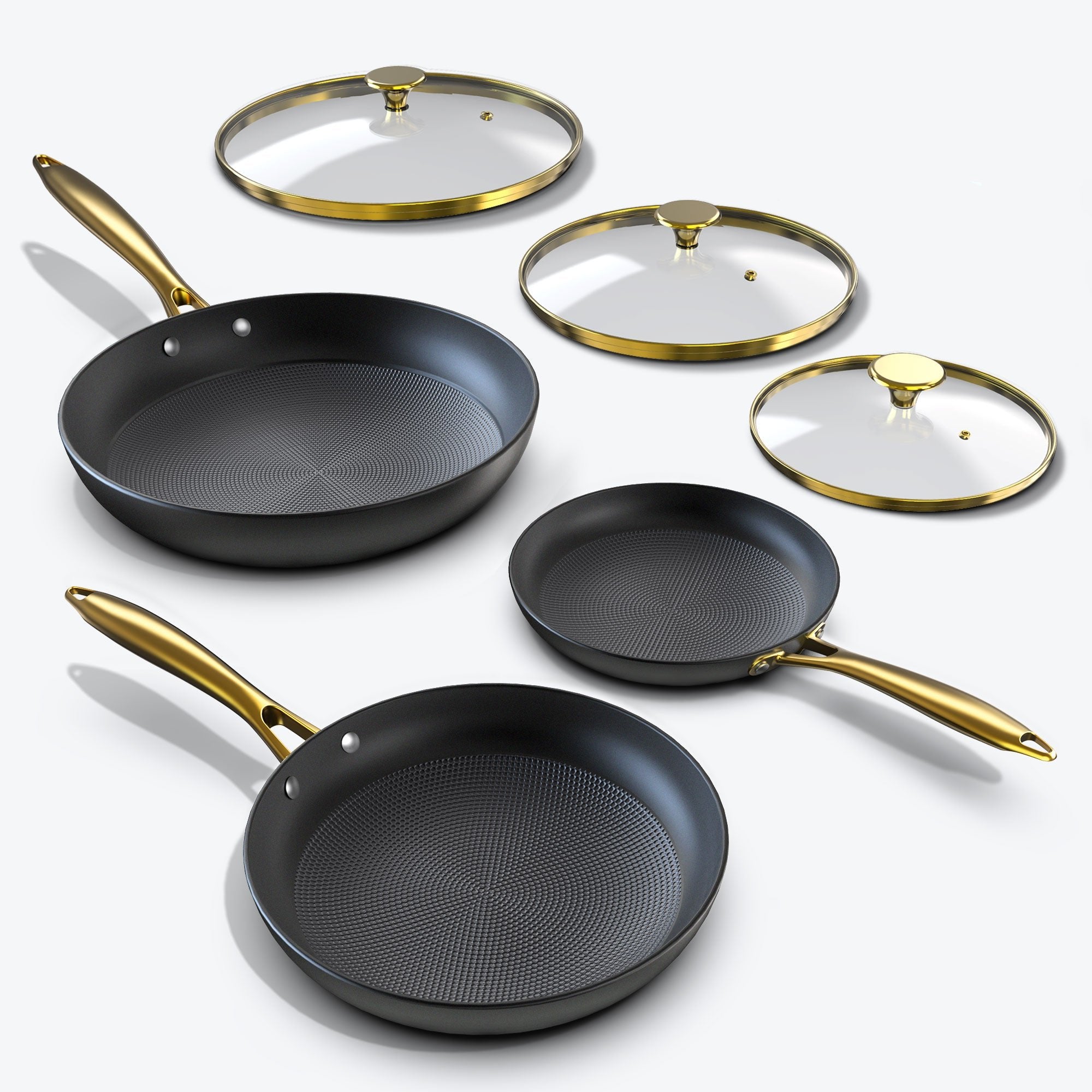
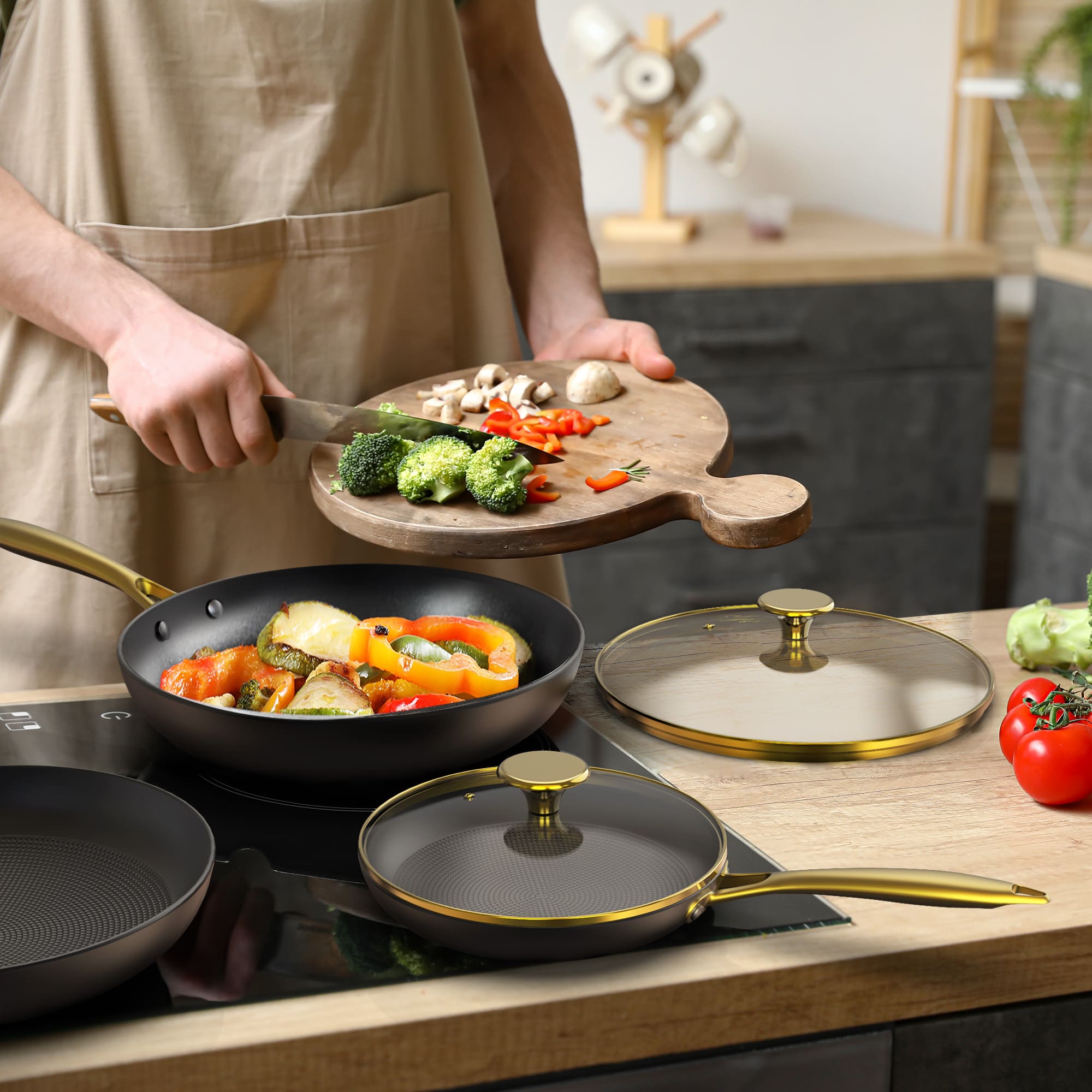
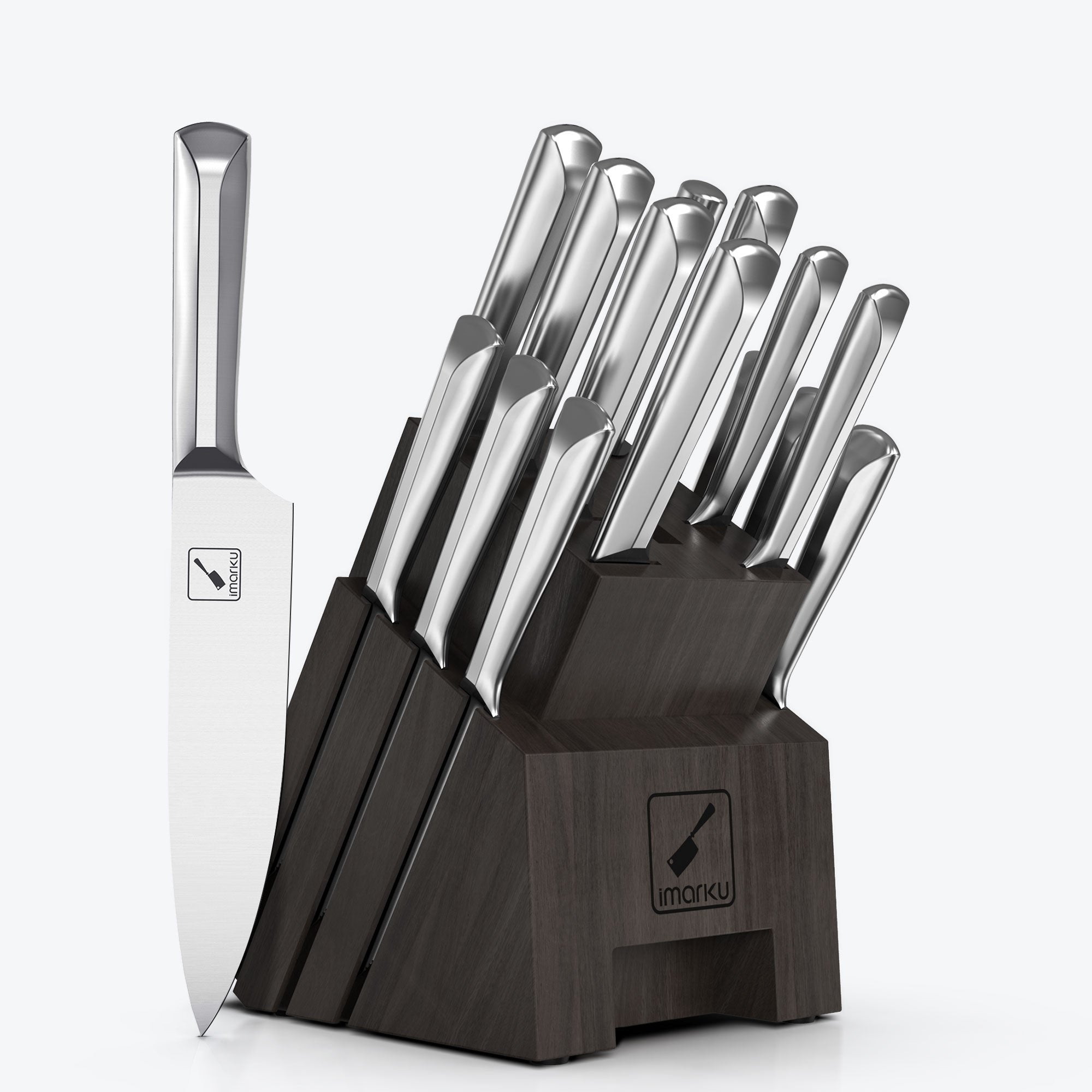
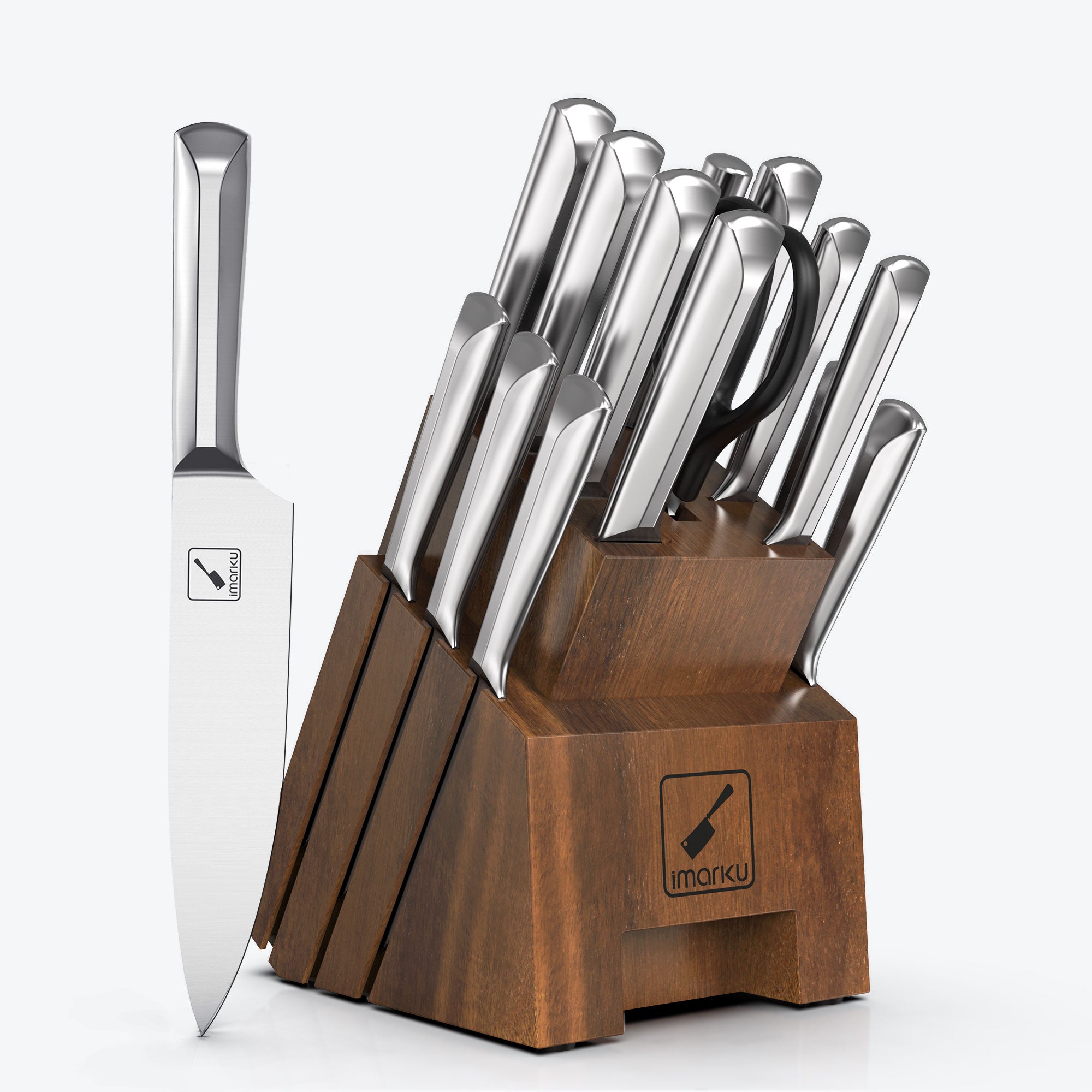
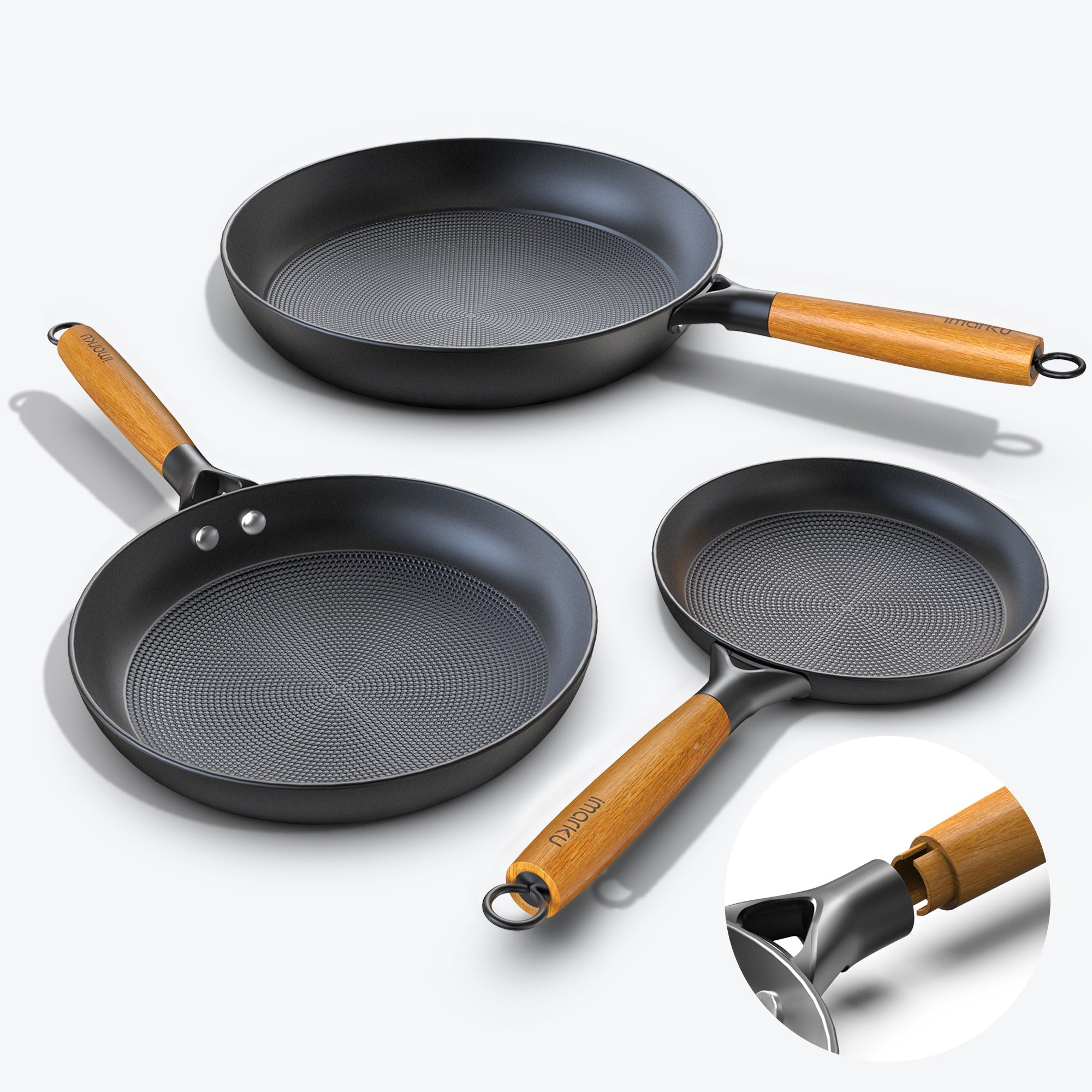
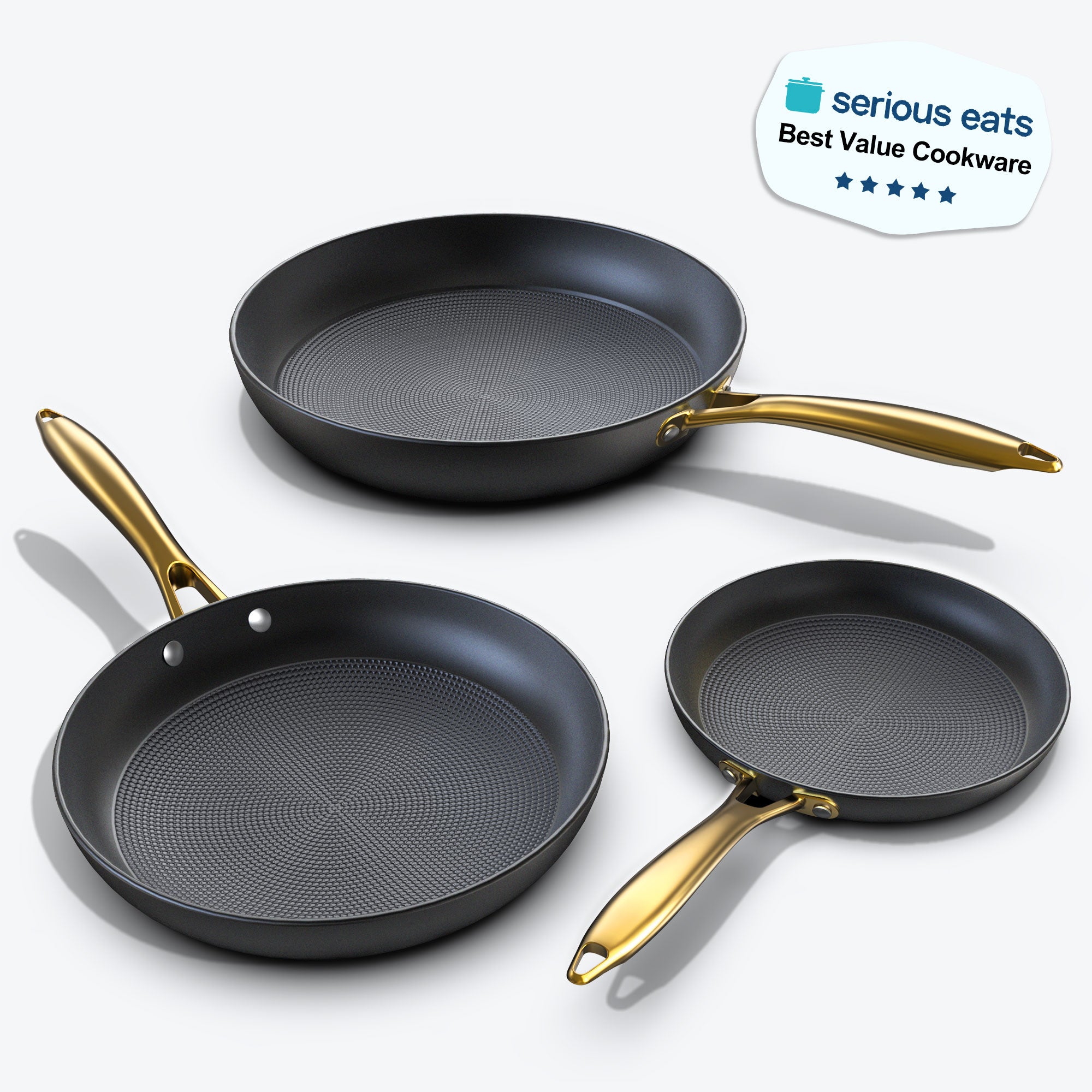

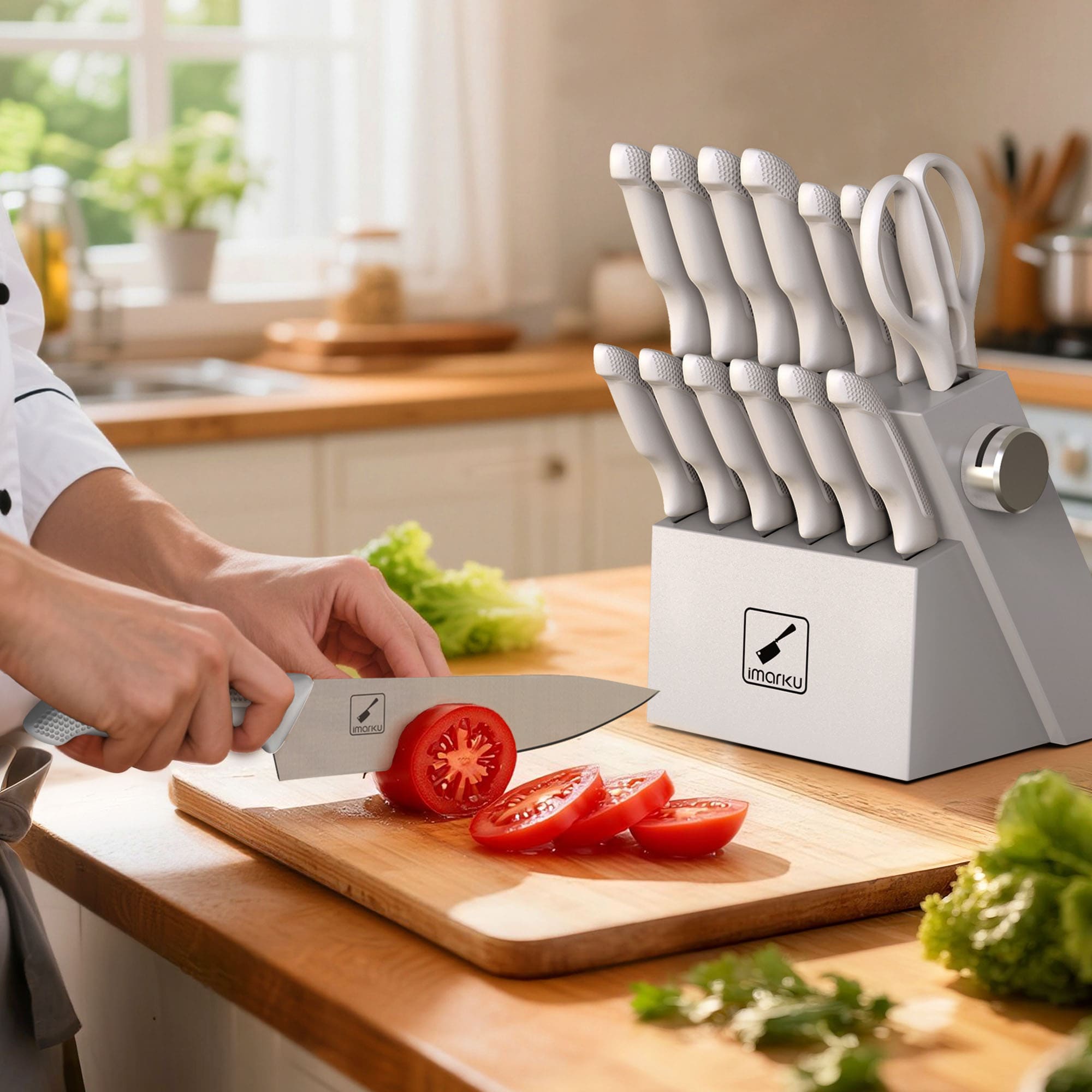
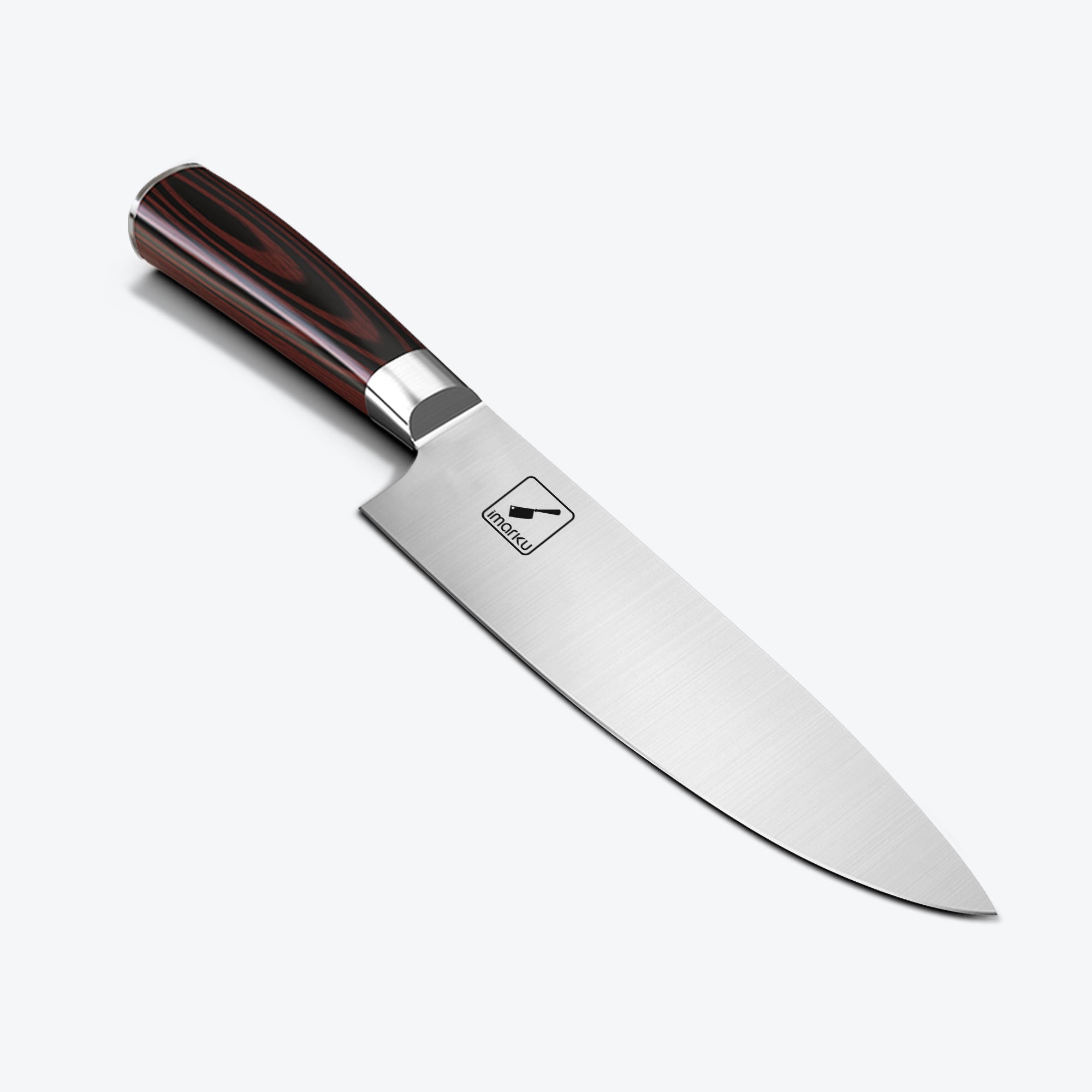
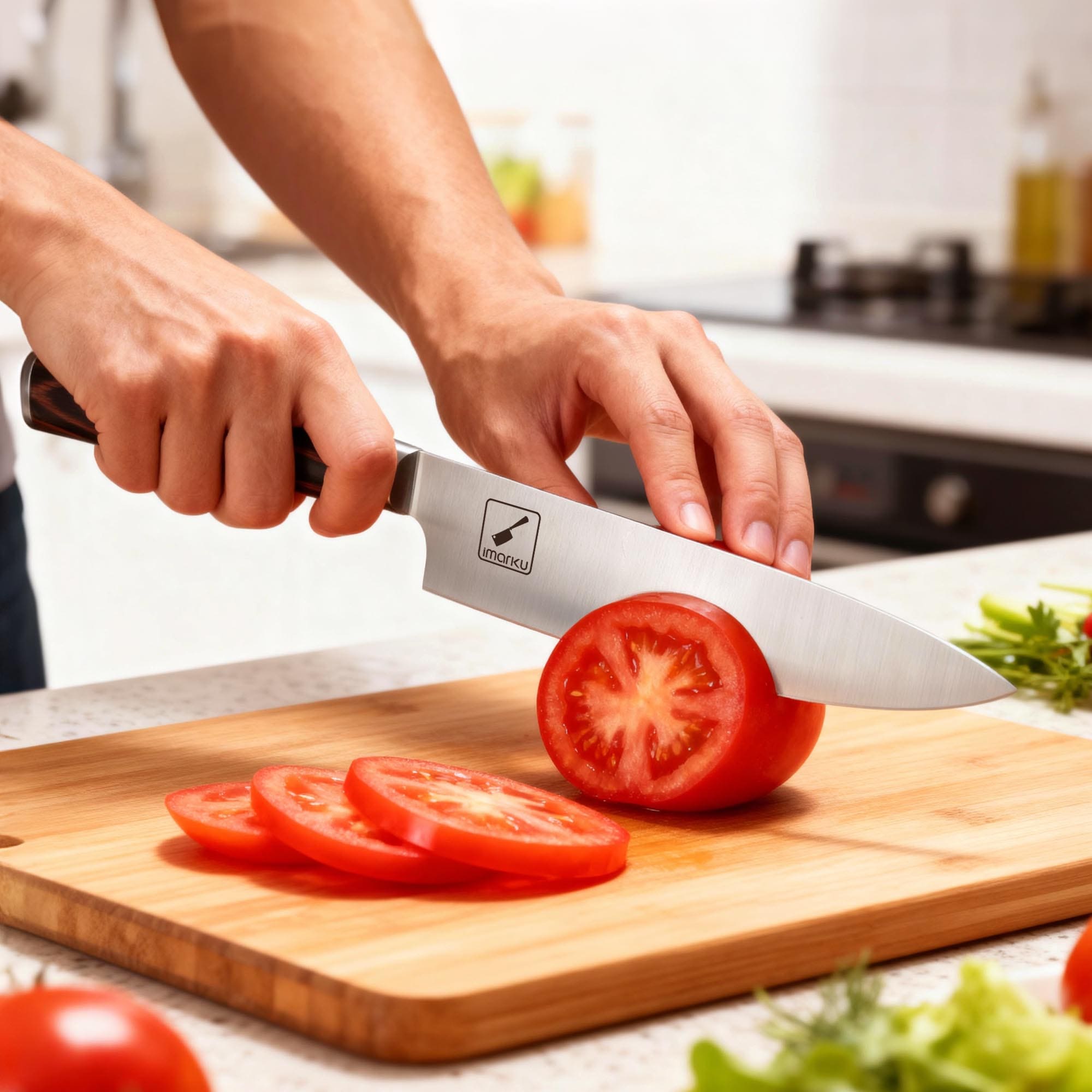

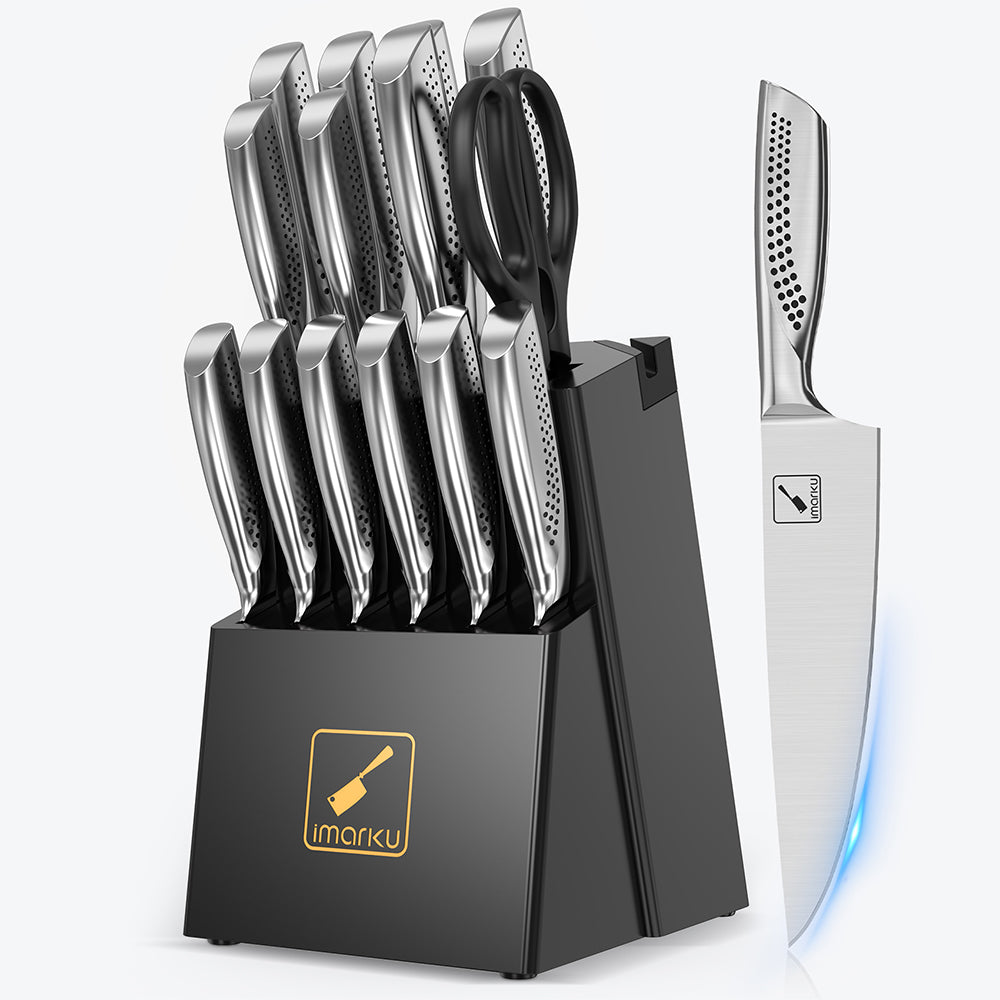
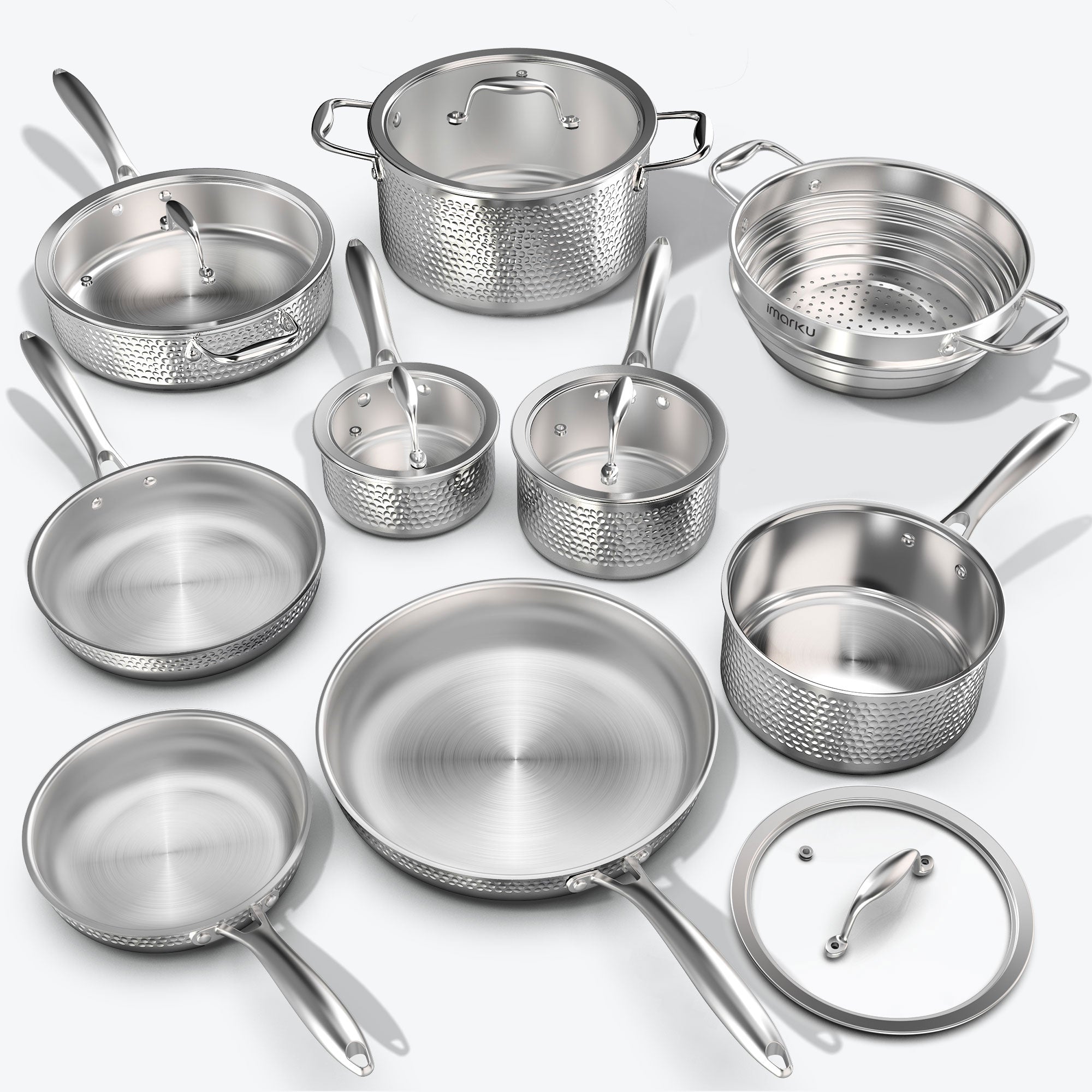

Leave a comment
All comments are moderated before being published.
This site is protected by hCaptcha and the hCaptcha Privacy Policy and Terms of Service apply.